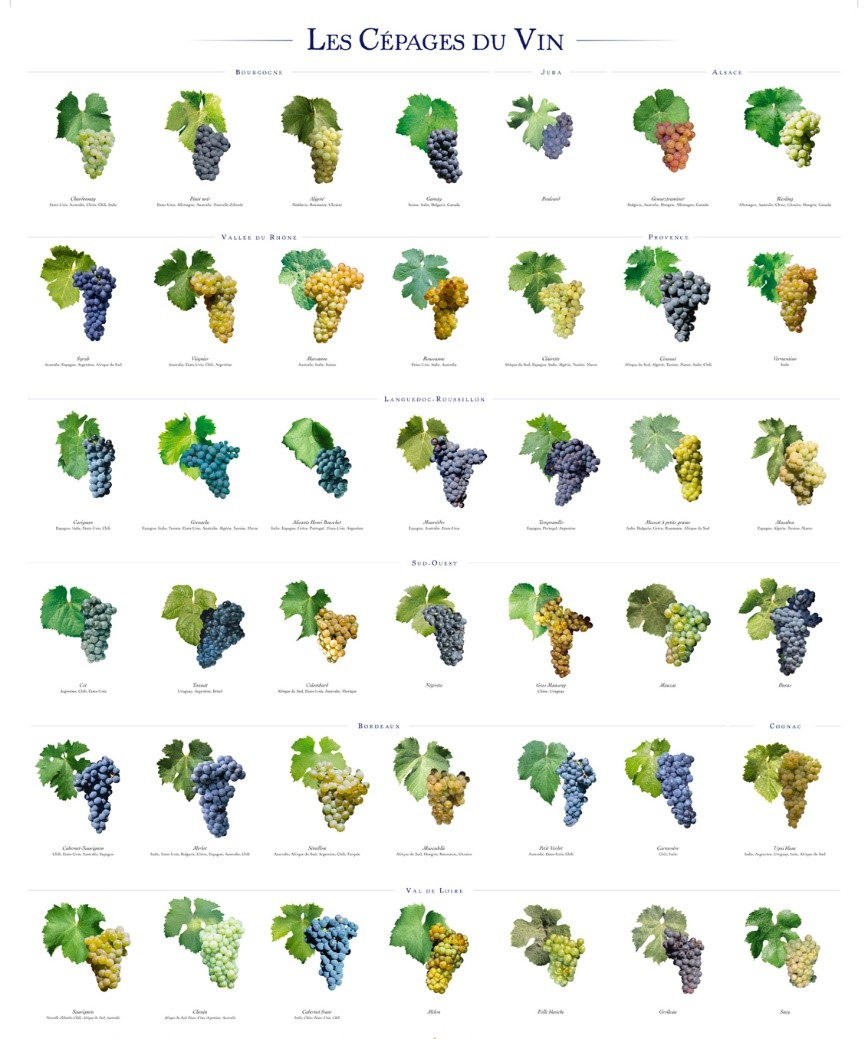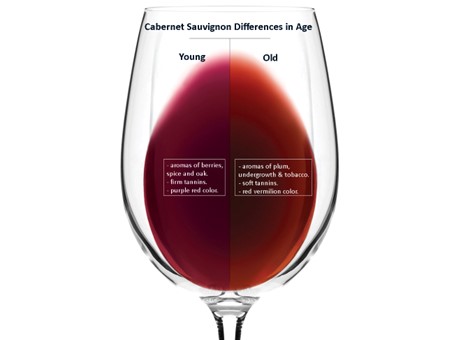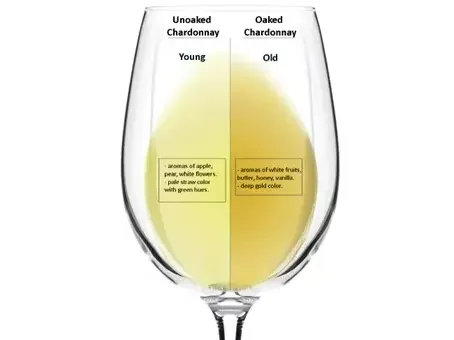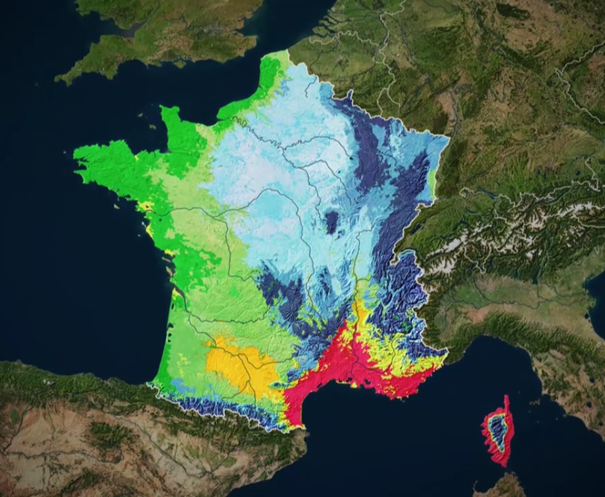Learn how to taste Wine like a pro from our in-house sommelier!
May 09,2022 | Guillaume Pace
Part 1: The Sight.

Let's start with the colour. There are many shades of white, rosé and red wine and this is partly due to:
The grape varieties: there are thousands of them, all unique with different sizes, flavours and colours... Tilt the glass over a white background (napkin, plate, tablecloth, restaurant menu…) and look carefully: is this white wine, clear, transparent like a Sauvignon Blanc, pale yellow like a Chardonnay or deep gold like a Gewurztraminer? In case of rose and red wine, the red colour actually comes from the anthocyanins, a red pigment found in the grapes skin. Some grapes have a thin skin and are ruby red like Gamay, Grenache, Pinot Noir, while others grapes varieties have a thick skin and are deep magenta, almost black, like Cabernet, Syrah, Malbec.

b) The wine age also affects the colour, younger whites tend to have more greenish hues while older whites have a deep yellow, amber colour. Young reds tend to be violet or purple while older reds turn to be vermilion, orange, brick colour (one often finds sediments at the bottom of old wines bottles). Young rosé are bright pink or fuchsia, and turn to salmon and orange within 2 to 5 years, depending on quality.


c) The winegrowing areas and methods of cultivation also change the colour. Cool climates wines (Champagne, Chablis, Loire) usually have lighter hues than warm climate wines (Rhone Valley, Languedoc, Provence), as they have more acidity and the wine's pH affects the pigment's appearance. The vines leaf / fruit ratios is important also, as higher ratios give more concentrated wines, with more polyphenols. The weather condition is important, if it rains a lot before harvest you can expect the wine to be more diluted and if the weather was dry on the contrary, you will probably have more concentrated flavours and colours.

d) The winemaking will have a huge impact on the wine colour depending on how long the grapes juice and skins have been in contact. This is called the maceration. The skin to juice ratio and the length of time the must is left to macerate change the style of wine drastically. 1 week will produce lighter reds, 2 weeks maybe medium and 3 weeks would be quite dark and deep colour. Just a few hours (3h to 12h) will produce a lot of difference between 2 rosés de saignée (bleeding technique). Usually there is no maceration for Provence rosés (direct pressing) and they are very pale pink, almost grey. Direct pressing is also mandatory for most whites (excepting orange wine), but the choice of barrel aging (new or old, small or large casks, where the oaks come from, to which degree it was toasted) versus a neutral container (stainless steel tank) will impart more or less colour among other things. Whether the winemakers use sterile filtration or not will also have an impact on the wine appearance, complexity and development with aging.
e) Besides the colour hues, make sure the wine is limpid, clear, and shines, there is no obvious flaw like oxidation (dull, brown wine), normally a finished wine should not be cloudy (proteins, yeasts, lees...)
f) Swirl the glass and look at the viscosity, which implies residual sugar. The legs or tears show you approximately how much alcohol there is, if the wine is light bodied (11-12% ABV), medium bodied (12-13% ABV) or full bodied (14-15% ABV).g) If you are enjoying a sparkling wine, fine bubbles and long persistent strings of pearls are more desirable than big bubbles or foam, and denotes a longer aging in the cellar, and more refined cuvée.
We hope that you enjoyed the reading and learn a thing or two about wine color.
Please continue with Part #2 The Nose, and Part #3 The Palate.
Image credits: Wine Folly, Guild Somm, Aromaster, Champagne.com glassofbubbly.com



